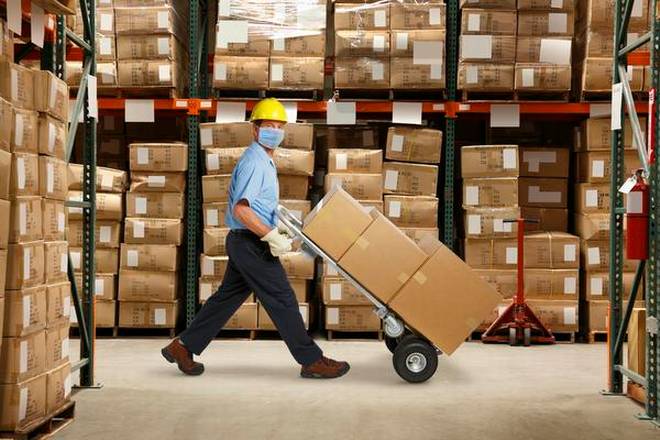Demand for warehousing to rise
The need for reduced delivery timelines has led to the emergence of in-city spaces in the Indian market, says Balbirsingh Khalsa
The need for reduced delivery timelines has led to the emergence of in-city spaces in the Indian market, says Balbirsingh Khalsa

E-commerce has been at the forefront for not only emerging as the hotspot sector for receiving institutional capital, but for being a prime influencer in resetting India’s supply economics and delivery dynamics in the last few years. The year 2020, marked with the adversity of the pandemic, influenced an increased dependence on e-commerce online delivery solutions and accelerated the trend of virtual purchases. This has further propelled the growth of the e-commerce sector in the country. With this exponential growth also came the requirement for stocking the inventory, paving the way for the requirement of warehousing and logistics solutions by the real estate sector.
Growth acceleration
The warehousing asset class, which is instrumental for efficient management of an e-commerce supply-chain, has been a primary beneficiary of the pandemic-infused online shopping boom. Supply chain operations have also seen a significant re-modelling during the pandemic. To mitigate the contingency of supply chain disruptions, warehousing occupiers increased the stock inventory levels. In order to ensure quicker delivery, e-commerce companies were the biggest contributors to the warehousing volume tractions in FY’21. The e-commerce dominance is also quantified by the sector’s share in warehousing transactional volume in India growing from 18% in FY 2017 to 31% in FY 2021.
Warehousing automation
Owing to higher service delivery requirements, the e-commerce sector has been one of the early adopters of technology in supply chain operations. This has also induced the need for automation in warehousing operability. This will also result in occupiers considering the implementation of technology at the design stage instead of retrofitting as was seen in earlier times.
Bigger cargo boxes
The rise of sophisticated e-commerce and third-party logistics (3PL) occupier groups have led to the use of large boxes to ensure the larger movement of cargo. In several instances now, the scale of a single warehouse box has increased from under 1,00,000 sq.ft. to over 5,00,000 sq.ft. over the last few years.
Tracking demand
The need for reduced delivery timelines by e-commerce players has led to the emergence of in-city warehousing spaces in the Indian market. Besides facilitating optimum land utilisation in congested cities such as Mumbai, multi-storey warehousing will effectively reduce delivery timelines and transportation costs. Such solutions are already in place in other Asian markets such as Singapore, Hong Kong and Tokyo. 3PL players have been scouting for in-city development opportunities across Mumbai, Delhi and Bengaluru. The high real estate costs in these cities make it a challenging venture, which is why spaces such as defunct mills, factory units and shuttered malls are being considered.
With the pandemic vaulting the e-commerce sector on a higher growth trajectory and the entry of players such as the Tata Group and Reliance Group in this highly competitive space, multi-storey warehouses could become mainstream phenomena much earlier than expected.
In numbers
The sector has been the biggest driver of warehousing across developed markets globally. The share of online sales in the UK had in fact spiked from 19.2% in 2019 to a steep 33.4% in May 2020, showing the dominance and scalability of the online marketplace even in a mature market. With only a 4.7% penetration in India (2019 estimations), the Indian e-commerce market is on the cusp of its next phase of growth.
A growing economy like India, with the second largest population in the world, still holds massive potential for its warehousing market which will fructify over the next few years. Knight Frank Research estimates the e-commerce sector to occupy the most warehousing space in the next five year period of FY 2022 - 2026 at 9.1 mn sq.m. (98 mn sq.ft.), 165% more than the preceding period of FY 2017 - 2021. Overall, the annual warehousing transactions will grow at a CAGR of 19% to 7.08 mn sq.m. (76.2 mn sq.ft.) in FY 2026 from 2.95 mn sq.m. (31.7 mn sq.ft.) in FY 2021
https://www.thehindu.com/real-estate/demand-for-warehousing-to-rise/article37338670.ece